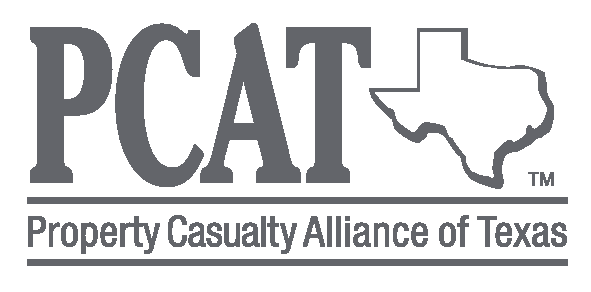Ensuring Campus Safety: 7 Tips to Prepare Your Schools for Fire Emergencies
Fire emergencies can be devastating events, posing serious risks to the safety of students, faculty, and school property. Schools have a responsibility to proactively prepare for such incidents to ensure the well-being of their community members and the protection of valuable assets. By implementing effective fire emergency preparedness measures, you can minimize the potential for loss and damage.
Here are some essential tips and best practices to help schools adequately prepare for fire emergencies on campus:
Conduct Comprehensive Fire Risk Assessments
A thorough fire risk assessment is the foundation of effective preparedness. Schools should evaluate their premises to identify potential fire hazards, such as faulty wiring, flammable materials, and improper storage. Regularly assess fire detection and suppression systems to ensure they are in proper working condition. This assessment helps create a clear picture of the specific risks your campus faces, enabling you to tailor your preparedness strategies accordingly. To greatly reduce the chance of preventable fires, use this safety check list. Created by the Fire Marshall’s Office, this list addresses the most frequent fire/life safety deficiencies observed by inspectors in public schools.Develop a Robust Emergency Response Plan
Crafting a detailed emergency response plan tailored to your school's layout and needs is crucial. Evacuation maps should be posted near the exit doorway at a height and location where the students can easily see it. The map should be individualized showing two ways to get out of the building from that room. Anyone who enters the room for the first time should be able to orient where they are and identify both exit routes from that room on the diagram. A solid and a dotted line or different colored lines can depict the normal and the alternate paths to safety.Assign roles and responsibilities to staff members, including fire wardens and evacuation coordinators. Regularly communicate the plan to all stakeholders and conduct fire drills to ensure everyone is familiar with the procedures.
Educate Students and Staff
Proper fire safety training is essential for all members of the school community. Conduct regular training sessions to educate students and staff on fire prevention, safe evacuation practices, and proper use of fire extinguishers. Additionally, ensure that everyone knows the location of fire alarms, extinguishers, and emergency exits.Maintain Fire Detection and Suppression Systems
Regular maintenance and testing of fire detection and suppression systems are vital to their effectiveness. Ensure that smoke detectors, fire alarms, and sprinkler systems are operational and up to code. Schedule routine inspections by qualified professionals to identify and address any issues promptly.Promote Fire Prevention: Prevention is the first line of defense against fire emergencies. Implement strict policies regarding open flames, smoking, and the use of electrical equipment. Regularly inspect electrical systems and equipment to identify potential fire hazards. Encourage students and staff to report any unsafe conditions.
Establish Clear Communication Protocols:
During a fire emergency, clear and efficient communication is crucial. Develop communication protocols that include methods for alerting everyone on campus, notifying emergency services, and providing updates to parents and guardians. Invest in mass notification systems that can deliver messages quickly and reliably.Collaborate with Local Authorities:
Building strong relationships with local fire departments and emergency services is essential. Involve them in your preparedness efforts, conduct joint drills, and seek their input on improving your emergency response plan. They can provide valuable insights and support during fire emergencies.Mandatory fire drill rules and definitions for schools are in the Texas Administrative Code.
If the local authority has an adopted code for fire drills, the school must follow those requirements. Find out if there’s an adopted fire code by contacting your local fire marshal or fire department.
